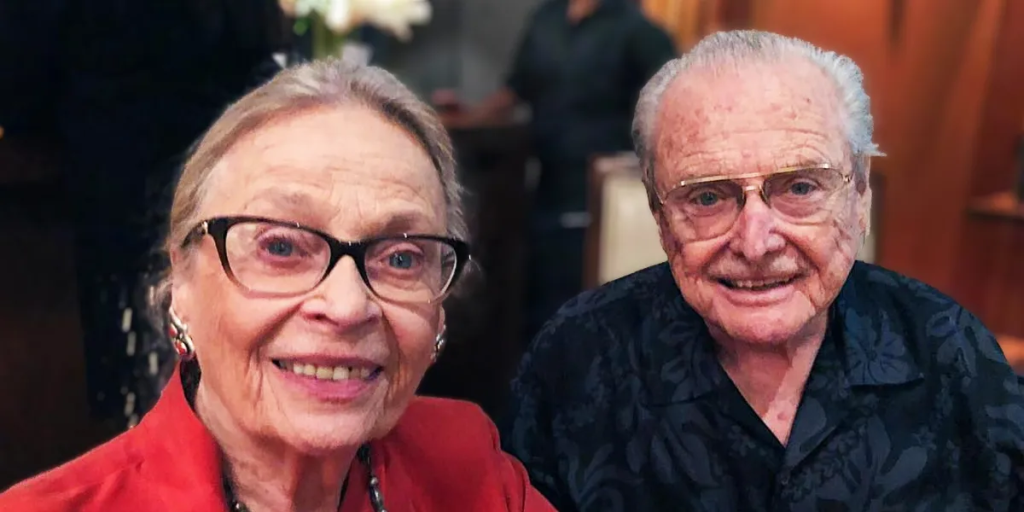
Their marriage began without romance, nearly unraveled from betrayal, and was saved by a cross-country move. After 73 years together, William Daniels and Bonnie Bartlett are still each other’s greatest love story.
William Daniels and Bonnie Bartlett’s relationship has defied the odds in an industry known for breakups. However, from their early days as ambitious students to being beloved fixtures in American pop culture, their journey has been anything but picture-perfect.
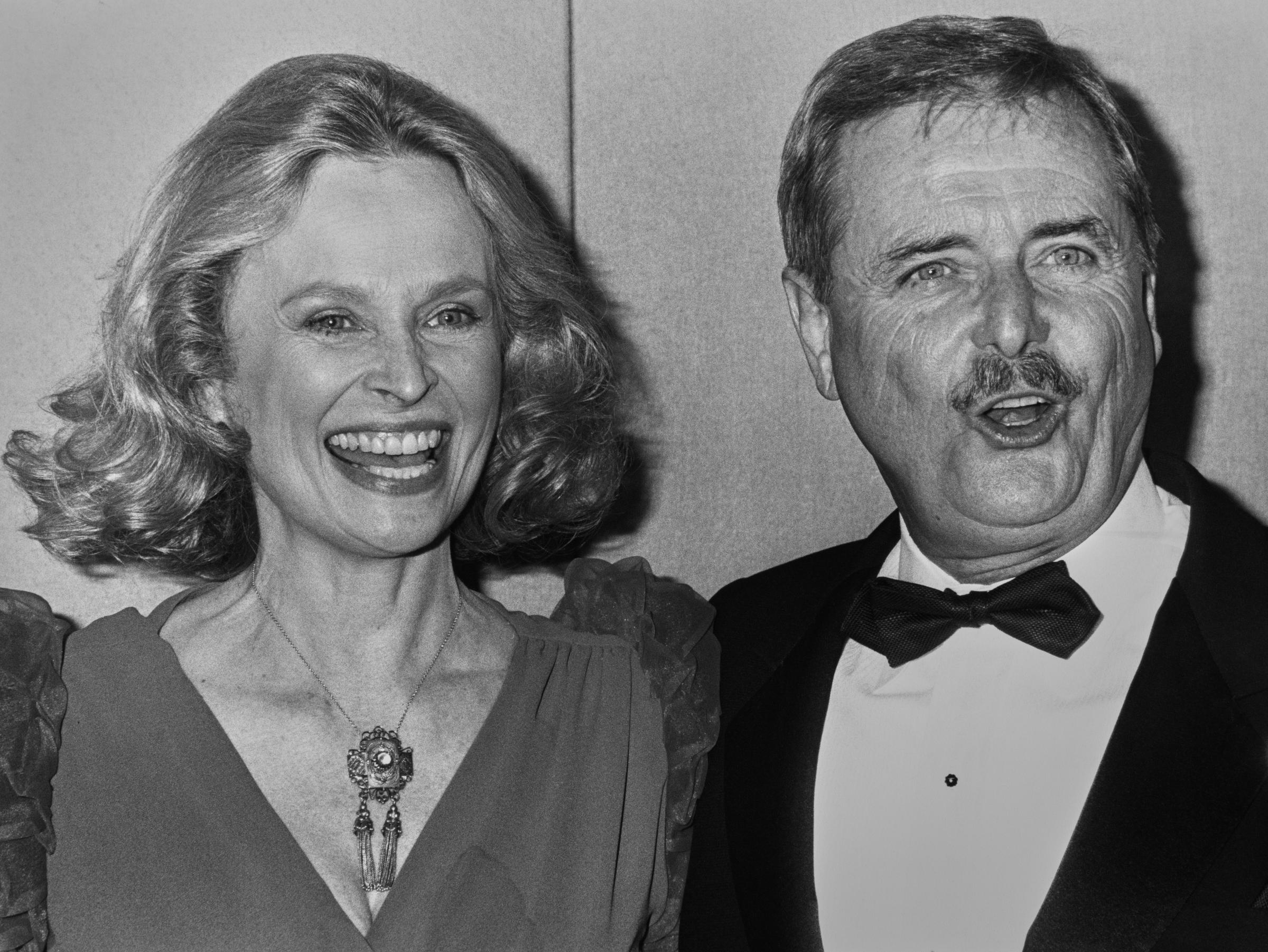
Bonnie Bartlett and William Daniels celebrating their win at the Emmy Awards in Pasadena, California, on September 21, 1986. | Source: Getty Images
Infidelity and the heartbreak of losing a child tested their relationship in ways that could have easily broken it. And yet, they held on. Here’s a look inside their extraordinary relationship and a love story that has endured for over seven decades.
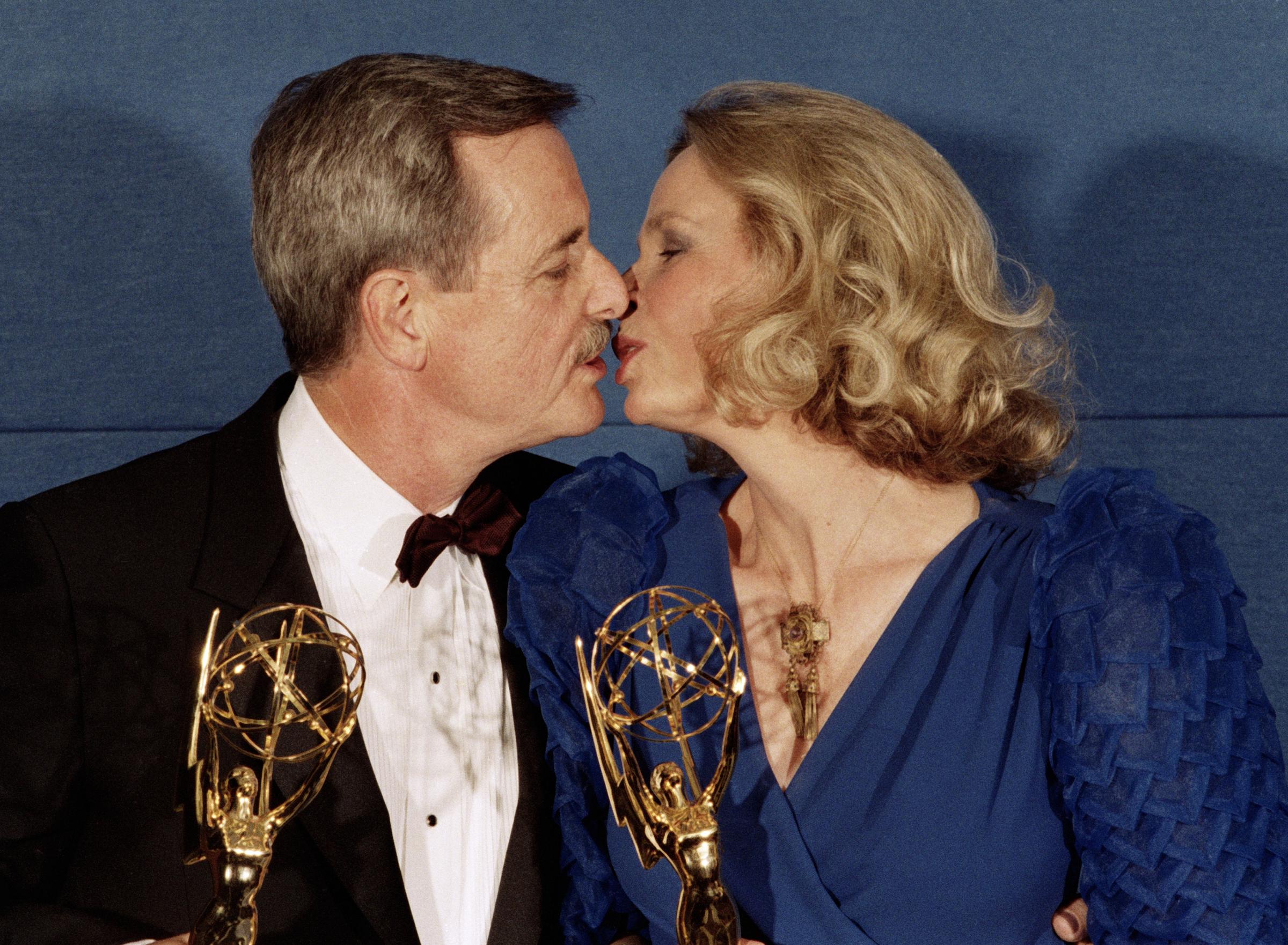
William Daniels and Bonnie Bartlett sharing a kiss backstage at the Emmy Awards on September 21, 1986, in Pasadena, California. | Source: Getty Images
How a College Audition Sparked a Lifelong Love
Daniels and Bartlett have built a legacy in Hollywood that spans decades. He is best known for his roles as George Feeny in “Boy Meets World,” Dr. Craig in “St. Elsewhere,” and the voice of KITT in “Knight Rider.”
Bartlett, an acclaimed actress in her own right, earned accolades for her performances in shows like “St. Elsewhere” and “Little House on the Prairie.” However, their story began long before their fame.
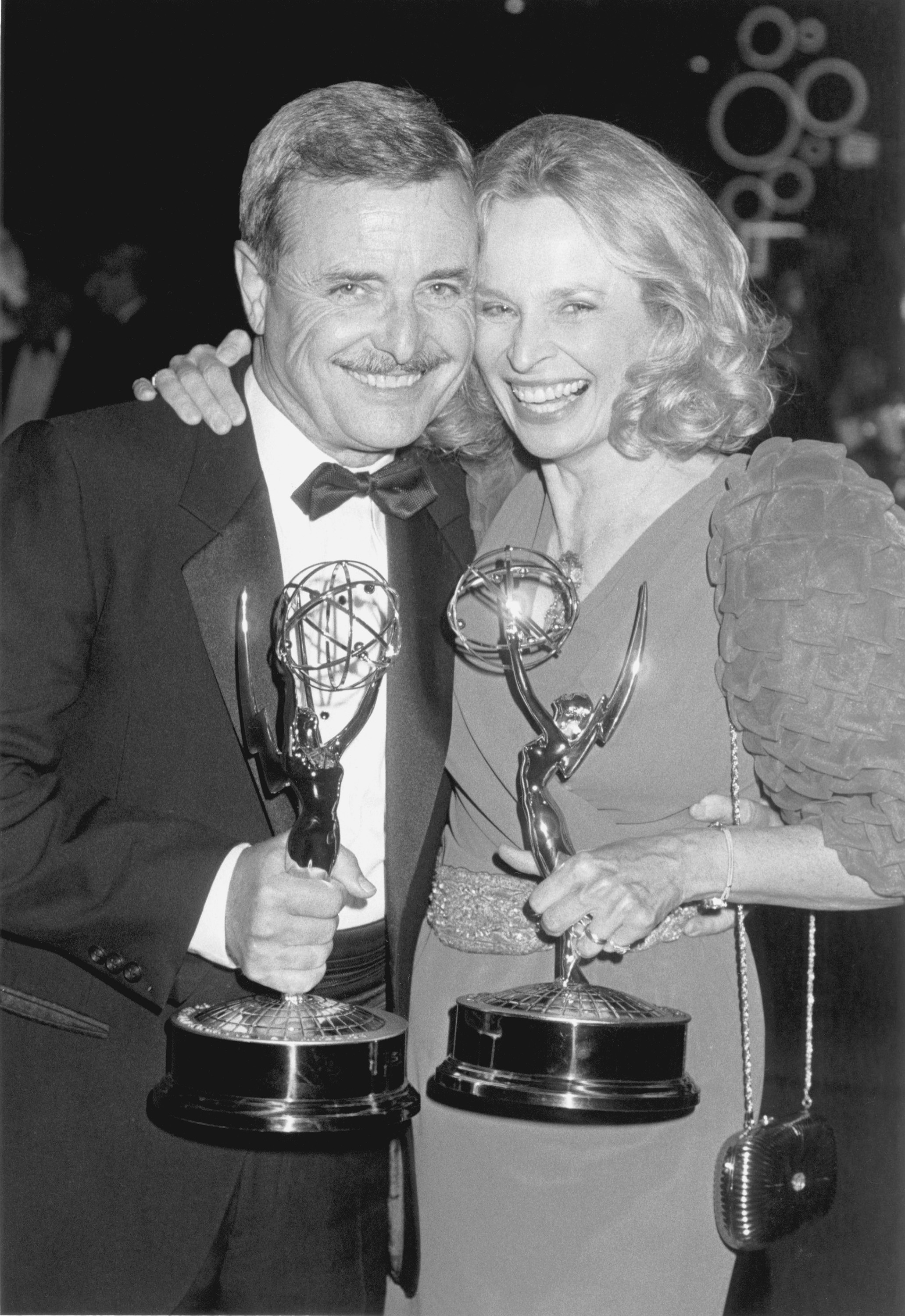
William Daniels and Bonnie Bartlett photographed in 1986. | Source: Getty Images
The two first crossed paths at Northwestern University, where they studied acting. Daniels vividly recalled their first meeting. In a class where the teacher was casting a play, he remembered watching what he described as “dreadful” auditions.
Despite their awkward but charming first exchange, their connection quickly grew.
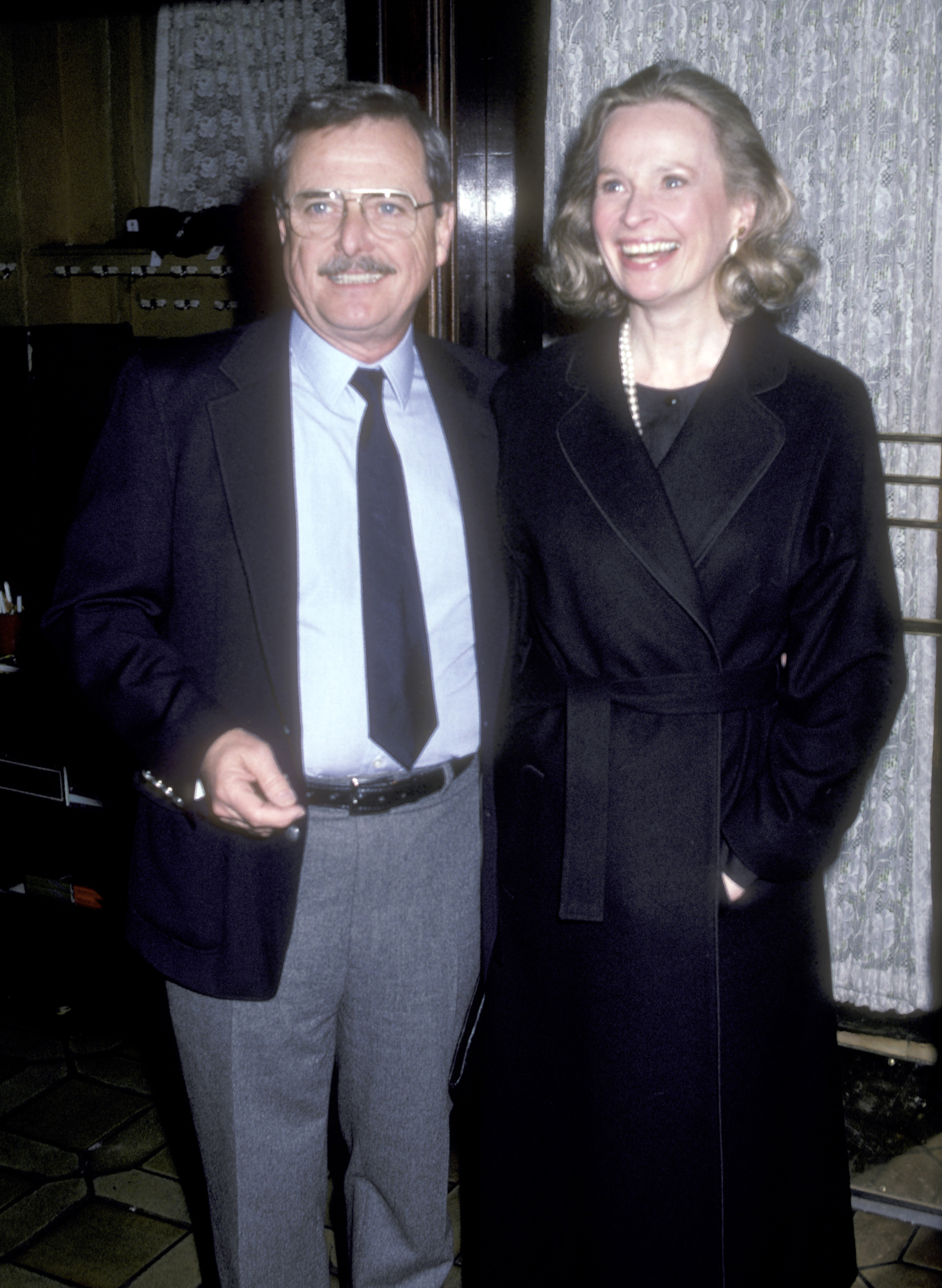
William Daniels and Bonnie Bartlett photographed at Sardi’s Restaurant in New York on April 13, 1986. | Source: Getty Images
Then, a voice from the back of the room that sounded like an actress caught his attention. He turned around and recalled seeing “this lovely blonde.”
After class, Daniels waited by the door for Bartlett. “I said, ‘How about a cup of coffee?’ And she said, ‘You’re too short.’ I said, ‘C’mon, have a cup of coffee.’ She said, ‘OK,'” he shared.
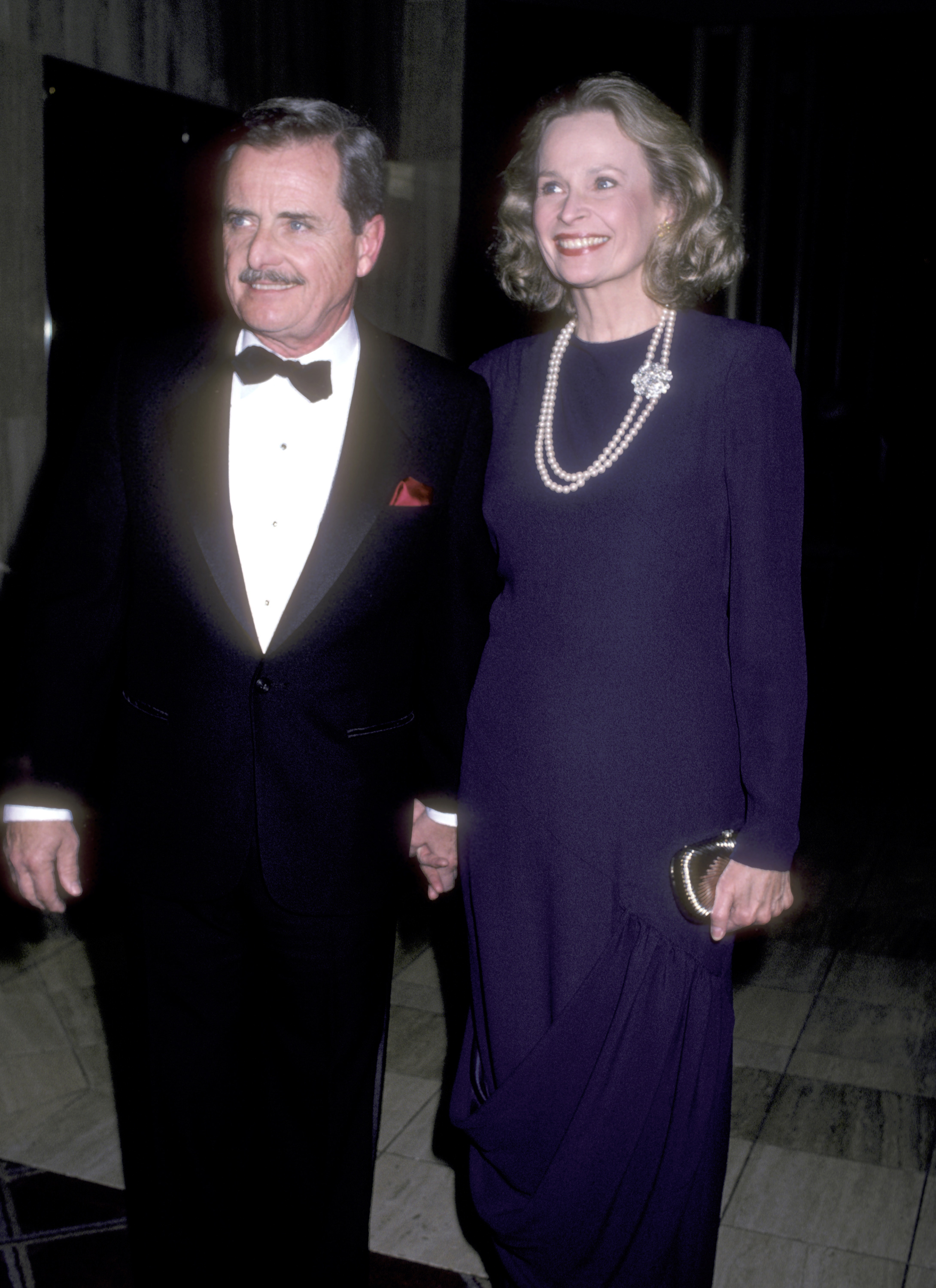
William Daniels and Bonnie Bartlett at the Jewish National Fund Annual Tree of Life Awards on December 11, 1986, in Los Angeles, California. | Source: Getty Images
Unbeknownst to Daniels at the time, Bartlett had already taken notice of him. “Turns out she heard I had been on Broadway,” he explained. “She had been following me around campus, I didn’t even know it.” Bartlett responded to his recollection, saying:
“True. I didn’t want to [be] a stalker. I didn’t want to interfere with his life and I never thought for a minute he’d be interested in me. So when I said, ‘You’re too short,’ I thought ‘Oh no, we’re wrong. You don’t want me.'”
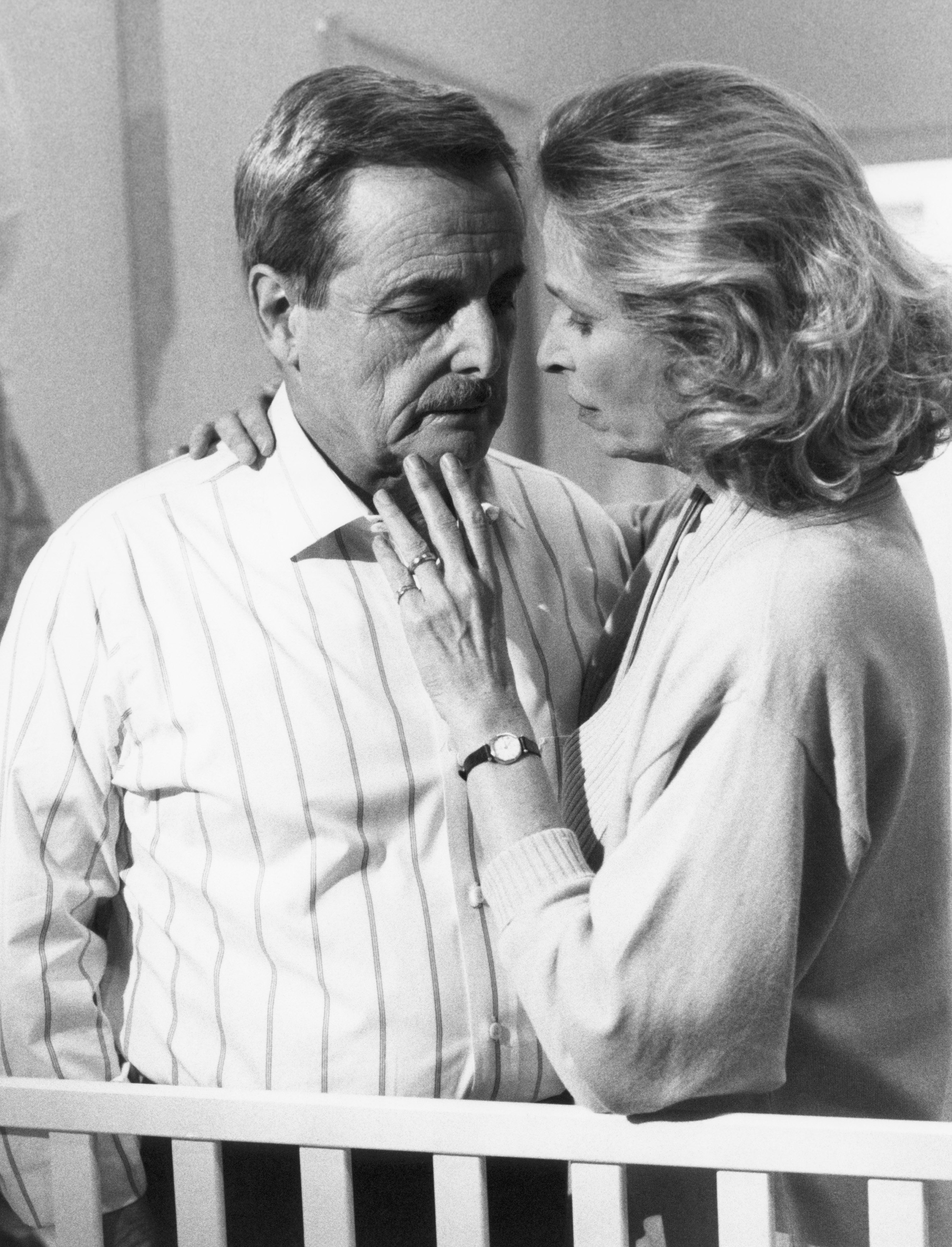
William Daniels and Bonnie Bartlett filming “St. Elsewhere” in 1987. | Source: Getty Images
Despite their awkward but charming first exchange, their connection quickly grew. They discovered a shared passion for acting and mutual respect for their talent and ambition. “We both have the same goals. We both liked acting,” Bartlett said.
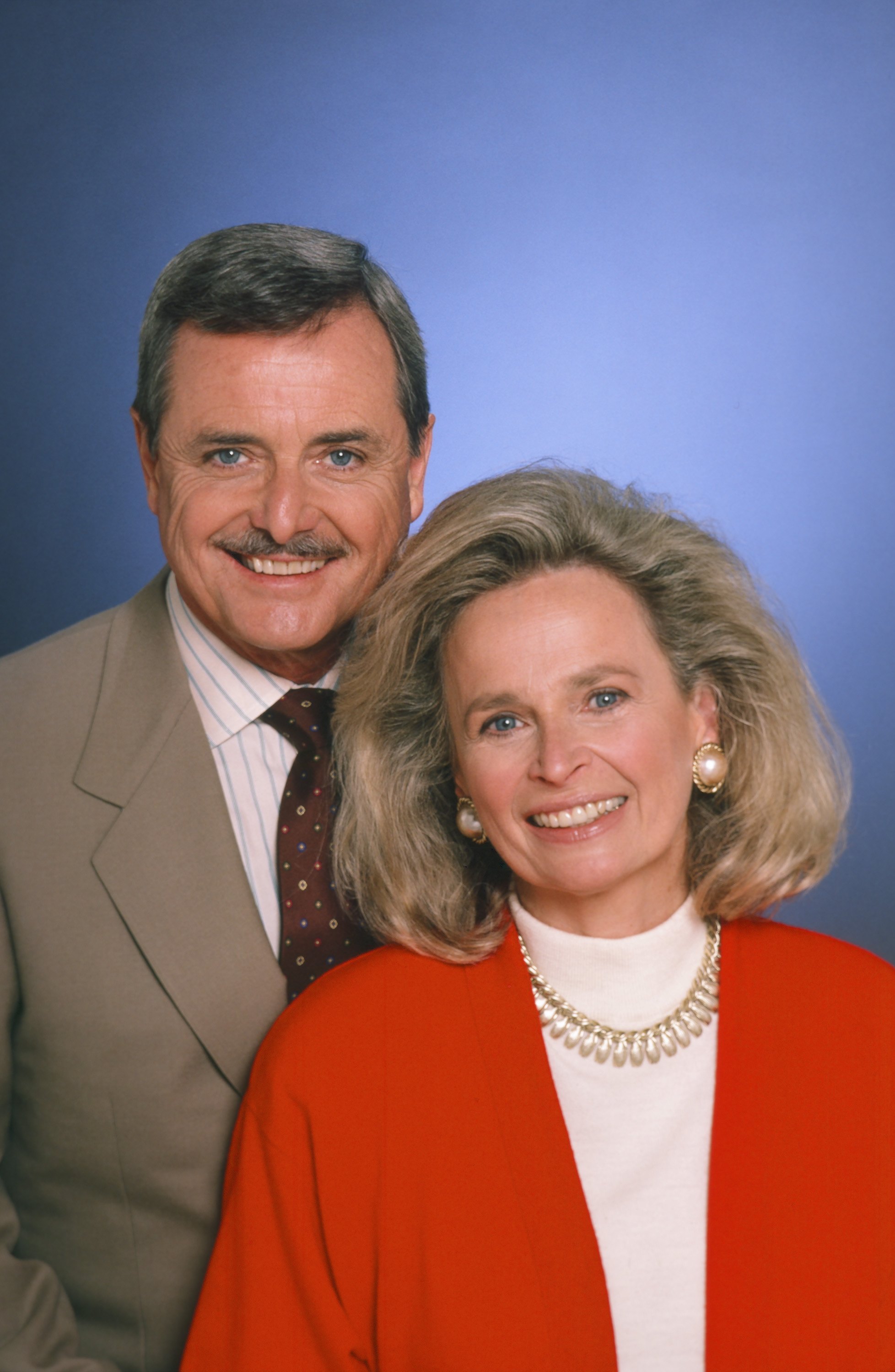
William Daniels and Bonnie Bartlett of “St. Elsewhere” photographed in 1987. | Source: Getty Images
“We both liked when the other one worked,” she continued. Daniels echoed her sentiment, adding, “There was never any jealousy between the two of us. We were happy when the other one was working.” That early understanding would become the foundation of a marriage that endured many trials and triumphs.
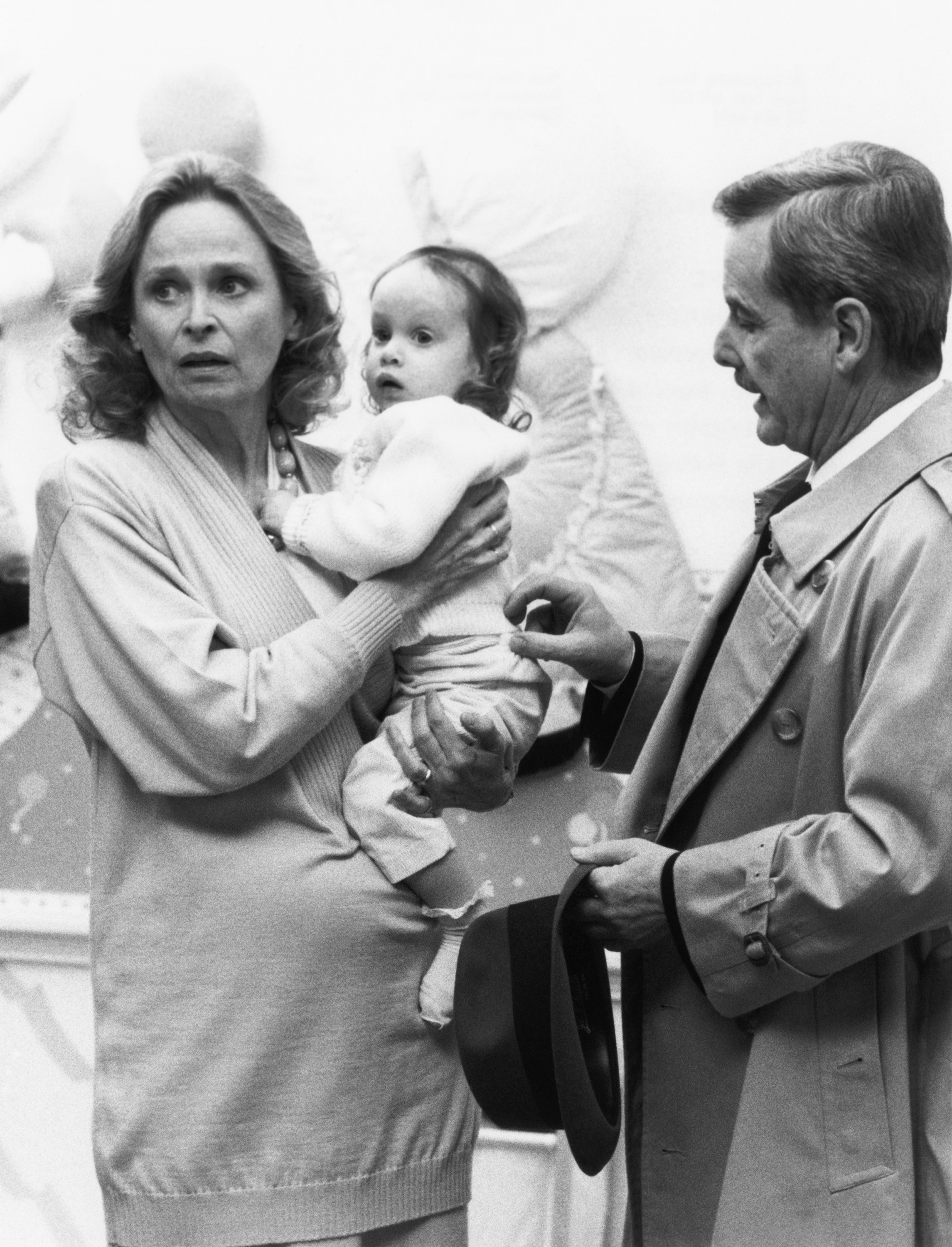
Bonnie Bartlett and William Daniels on the set of “St. Elsewhere” circa 1987. | Source: Getty Images
Weathering the Storm
Though Daniels and Bartlett’s marriage ultimately stood the test of time, its early years were marked by instability, painful betrayals, and emotional reckoning.
“That I’d spend my life with him, that never occurred to me. There was no plan. We were actors and trying to get work, and we liked being together,” Bartlett confessed.
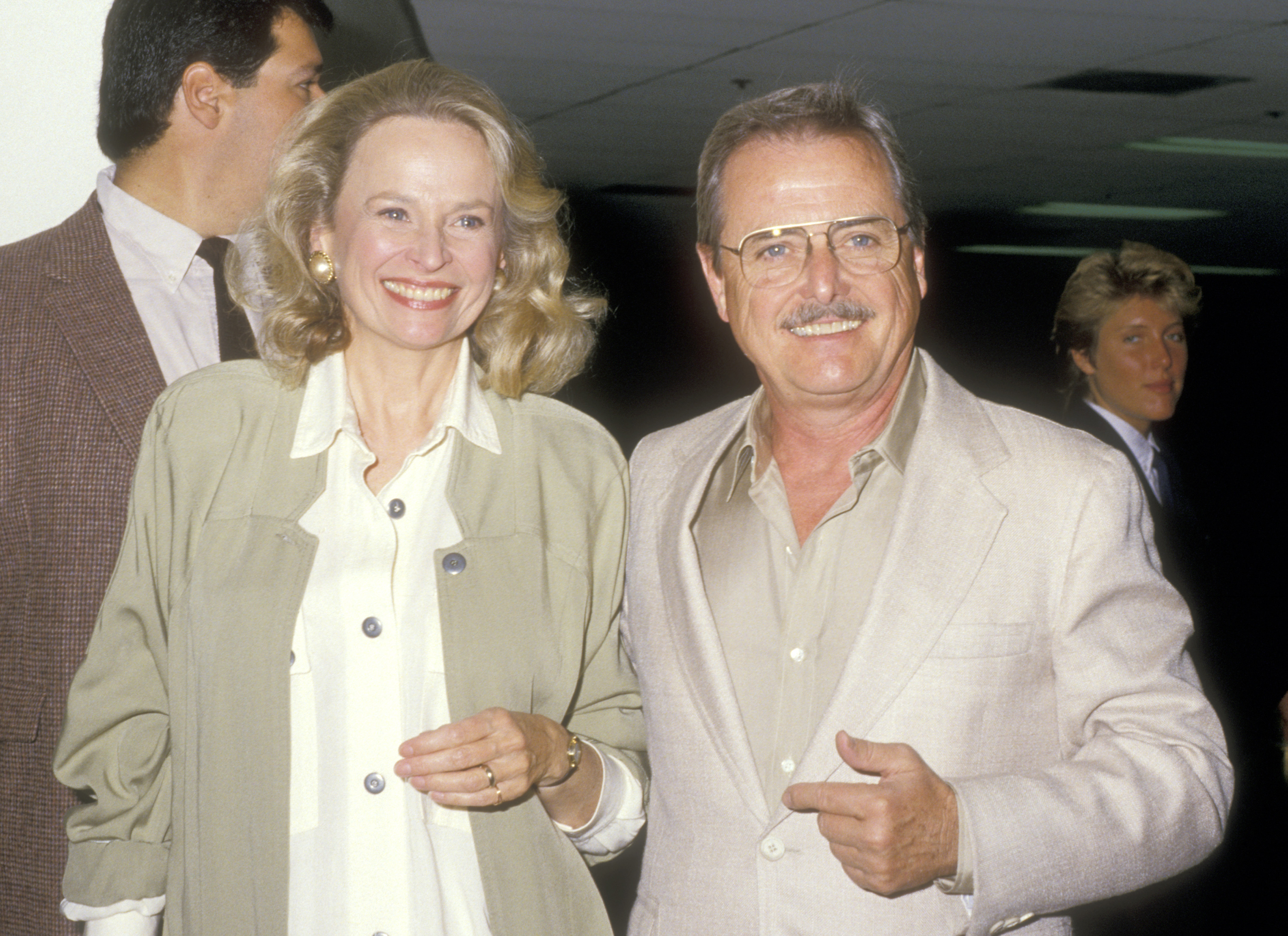
Bonnie Bartlett and William Daniels at the NBC Affiliates Party on June 2, 1987, at Century Plaza Hotel in Los Angeles, California. | Source: Getty Images
The actress revealed in her memoir “Middle of the Rainbow” that she had an affair that lasted a few months in 1959.
Their decision to marry wasn’t rooted in romance and practicality. “And when we got married, I thought we just got married so that we could have sex really,” the actress shared.
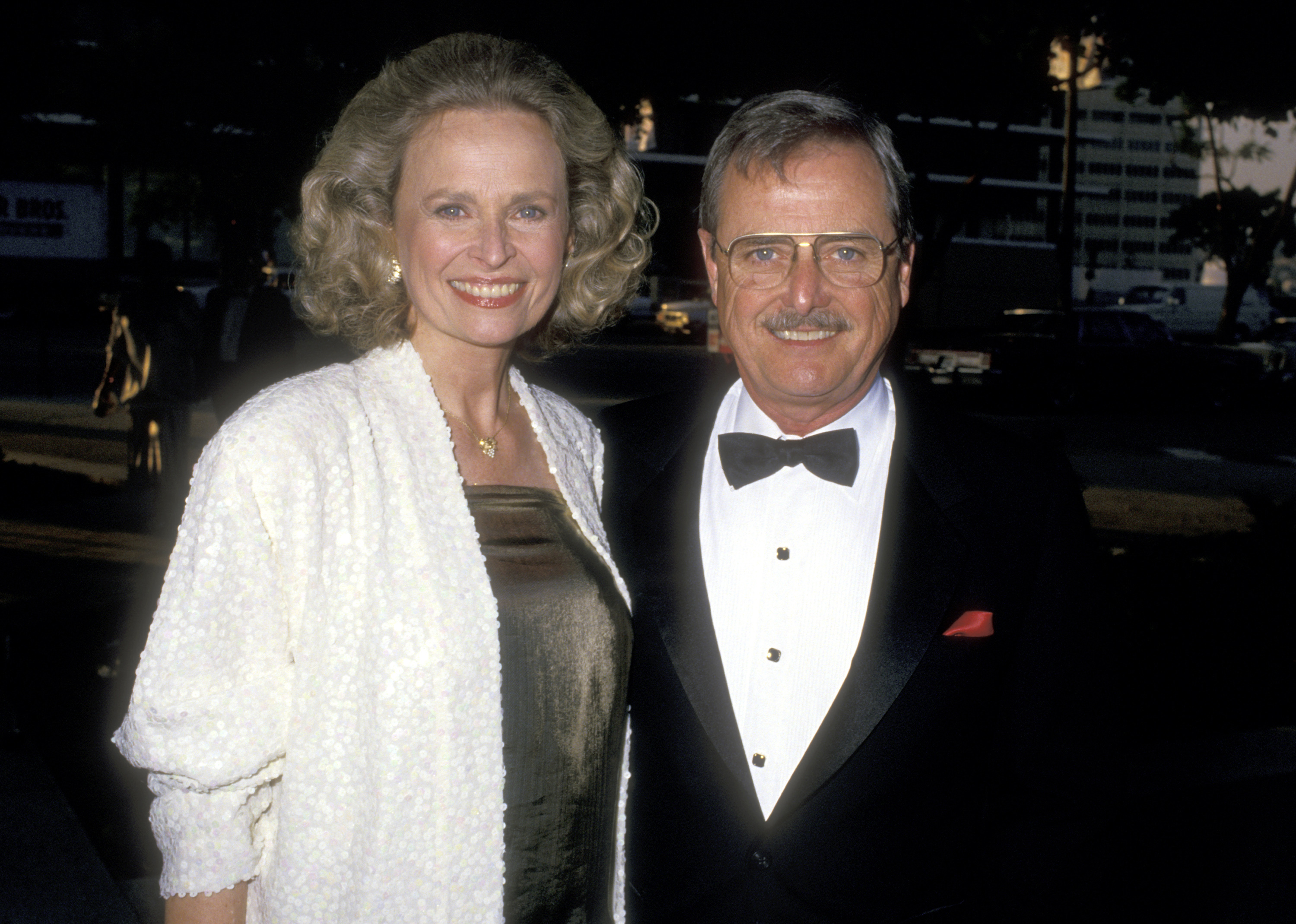
Bonnie Bartlett and William Daniels at the “La Boheme” opening night performance on September 9, 1987, in Los Angeles, California. | Source: Getty Images
“We got married for the expediency of it. This was not a romantic thing. It was probably as much mental and sexual. It was just a meeting of the minds and a meeting of the bodies,” she added.
After marrying in 1951, Daniels credited his wife’s presence as vital to his success in school, admitting, “If I hadn’t met Bonnie, I don’t think I would have gotten through.”
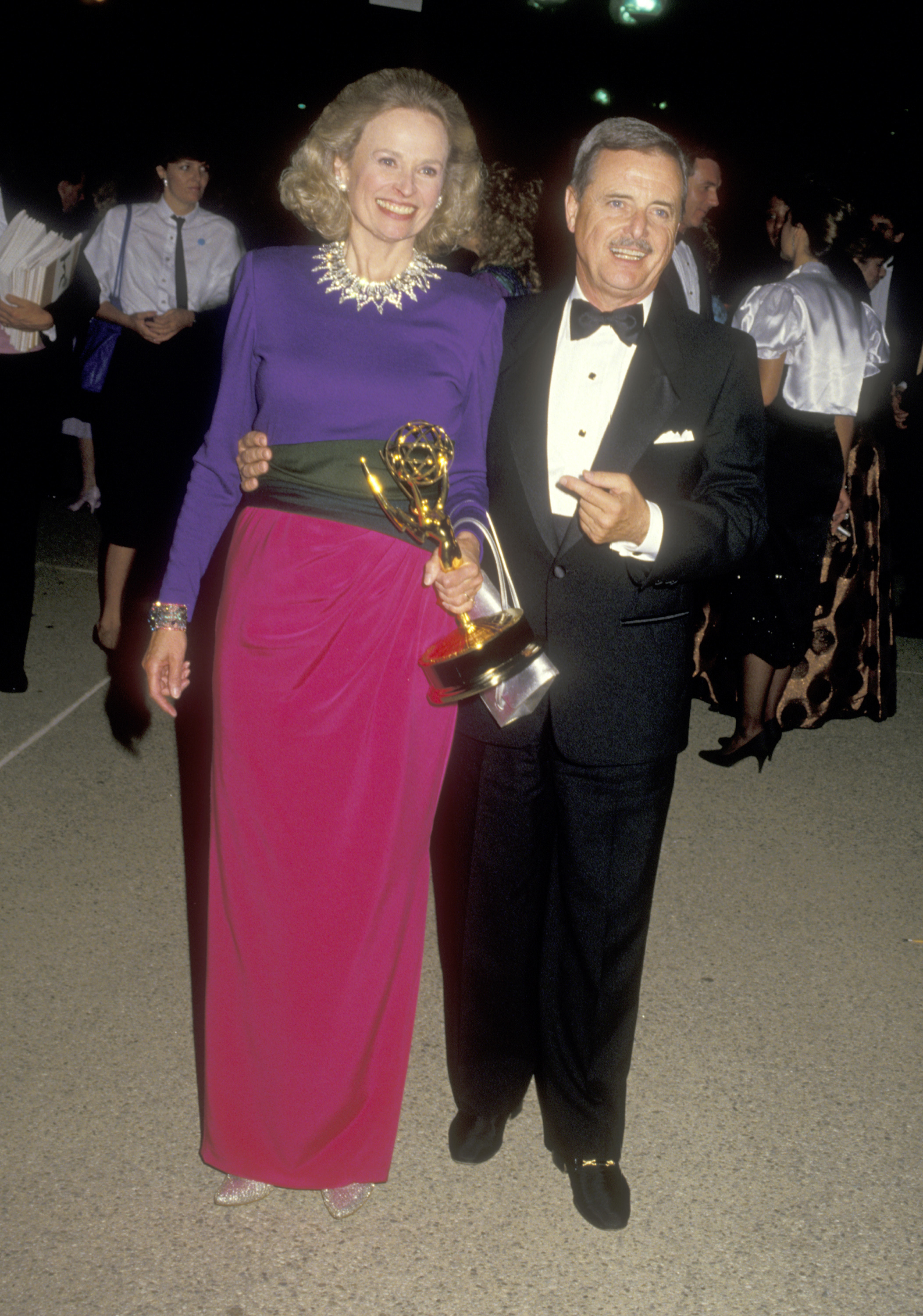
Bonnie Bartlett and William Daniels at the 39th Annual Primetime Emmy Awards on September 20, 1987, at Pasadena Civic Auditorium in California. | Source: Getty Images
However, the couple faced years of turmoil while living in New York. During that time, both were unfaithful. “I guess it was a little bit of an open marriage at first, but that was very painful. That didn’t work well. And it was a time when people were doing that.” Bartlett revealed.
She added, “It was at a time in New York when there was a lot of sex and a lot of people doing all kinds of things, you know — very free. But I don’t know if there was a lack of commitment a little bit, and that’s not good. So there was a lot of pain connected with any transgression, with any extramarital thing.”
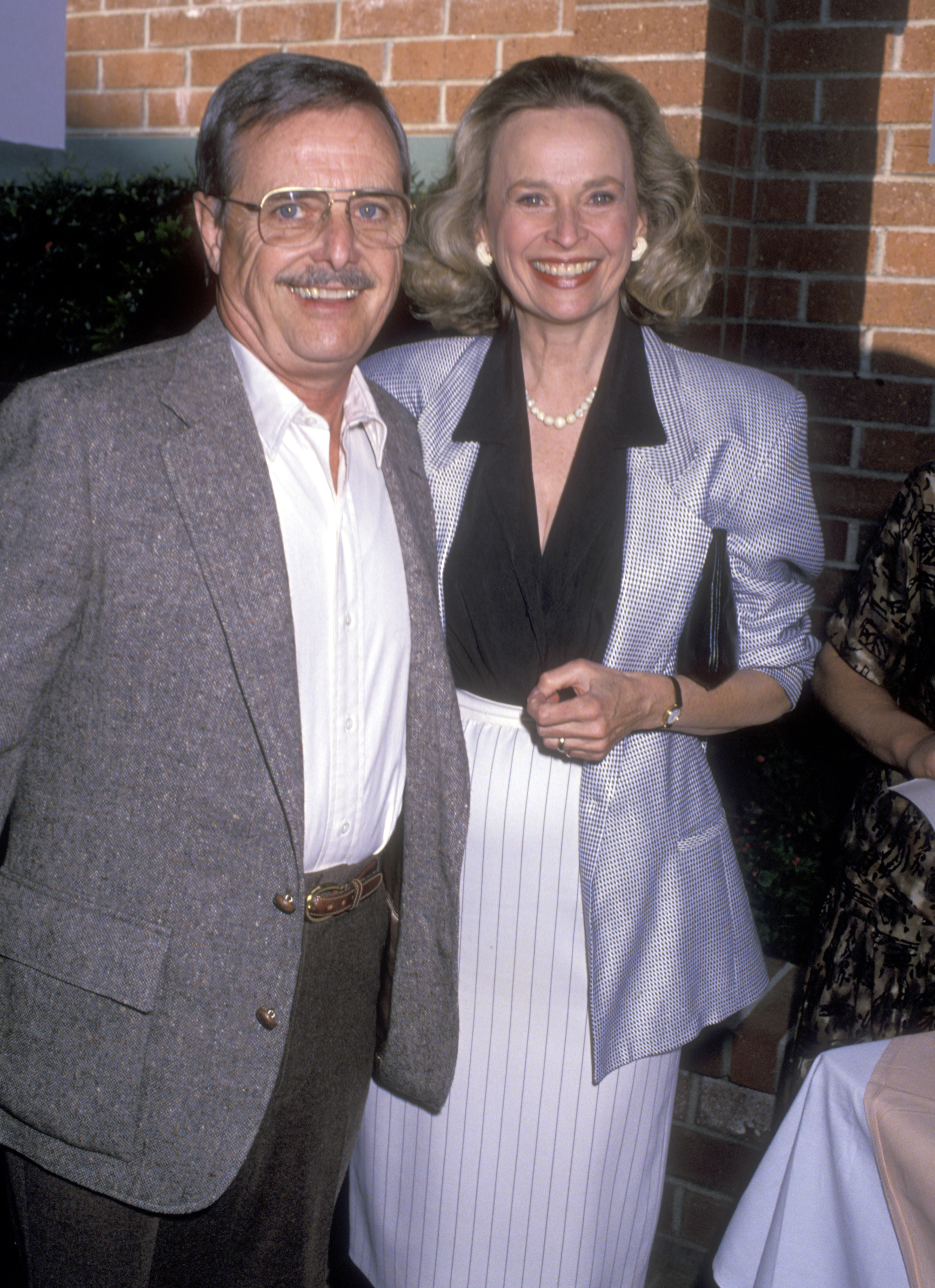
William Daniels and Bonnie Bartlett at the cocktail party to celebrate the 10th anniversary of Roe vs. Wade on January 22, 1989, in Hollywood, California. | Source: Getty Images
The actress revealed in her memoir “Middle of the Rainbow” that she had an affair that lasted a few months in 1959. However, Daniels’ affair with a New York-based producer in the early 1970s still left her wrecked. Despite the heartache, they stayed together.
Bartlett admitted, “I was always the one that would say to Bill, ‘I don’t think I want to be married to you anymore.’ And he’d say, ‘Oh, come on. You’re smitten with me. You’ve always been crazy about me.’ Every time I’ve questioned the relationship, he doesn’t take it seriously.”
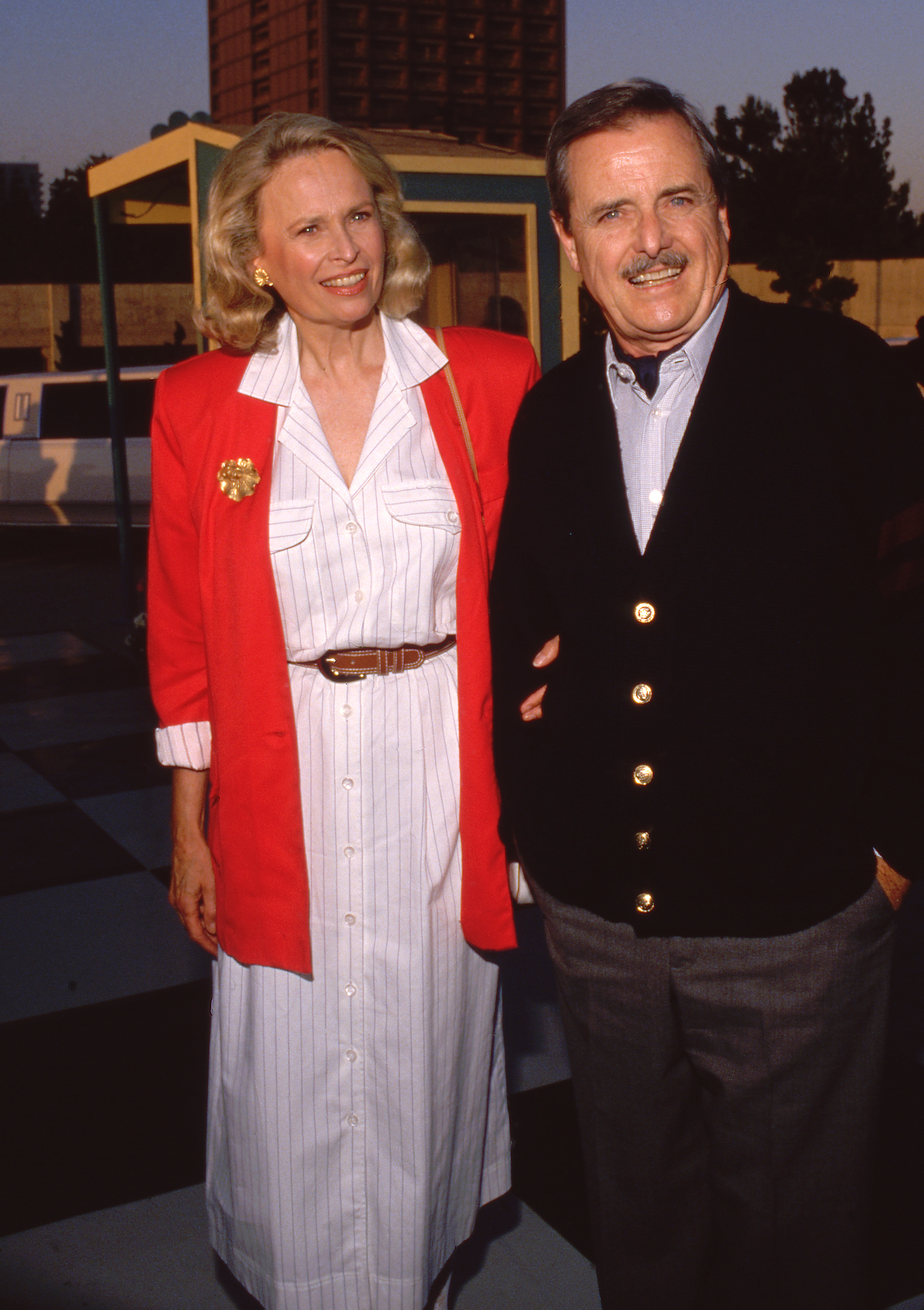
Bonnie Bartlett and William Daniels circa 1989. | Source: Getty Images
Sadly, their struggles went beyond infidelity, as they also suffered a devastating loss.
Still, the emotional weight of their early years was undeniable. “It was very painful for the both of us. But it was something we had to go through because we never went through it. When we got together I was 18,” Bartlett said.
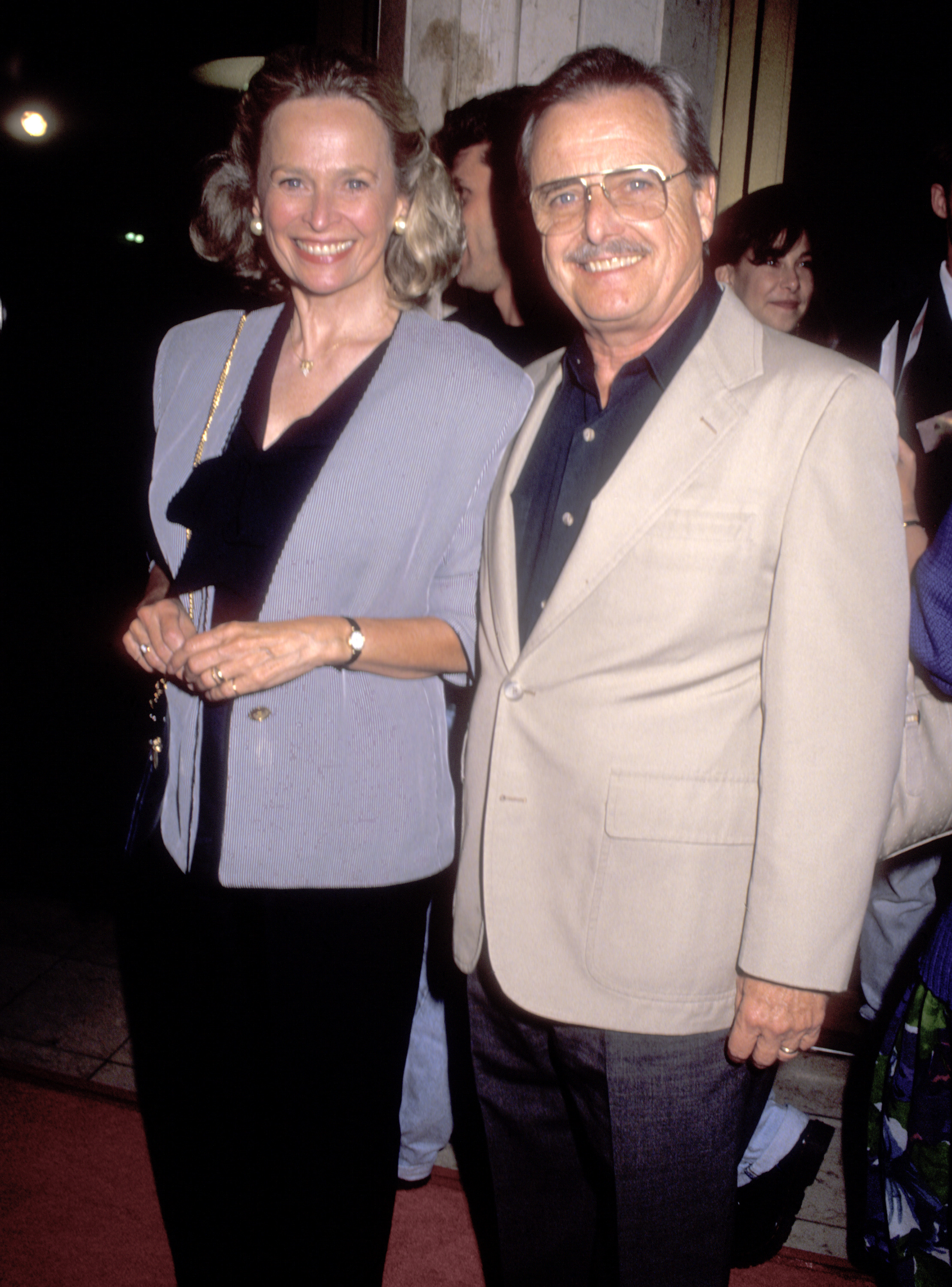
Bonnie Bartlett and William Daniels at the “Rambling Rose” premiere on September 19, 1991, at Mann National Theatre in Westwood, California. | Source: Getty Images
“Bill was my first boyfriend…We just had to go through all that and still, we loved each other very much and always have. [We] have always been there for each other,” she continued.
“That’s what matters — if you’re there for the person and help [them] along in a relationship, [have] respect for them and what they’re doing and being there for them…[You have to] be together on the other side,” the actress added.
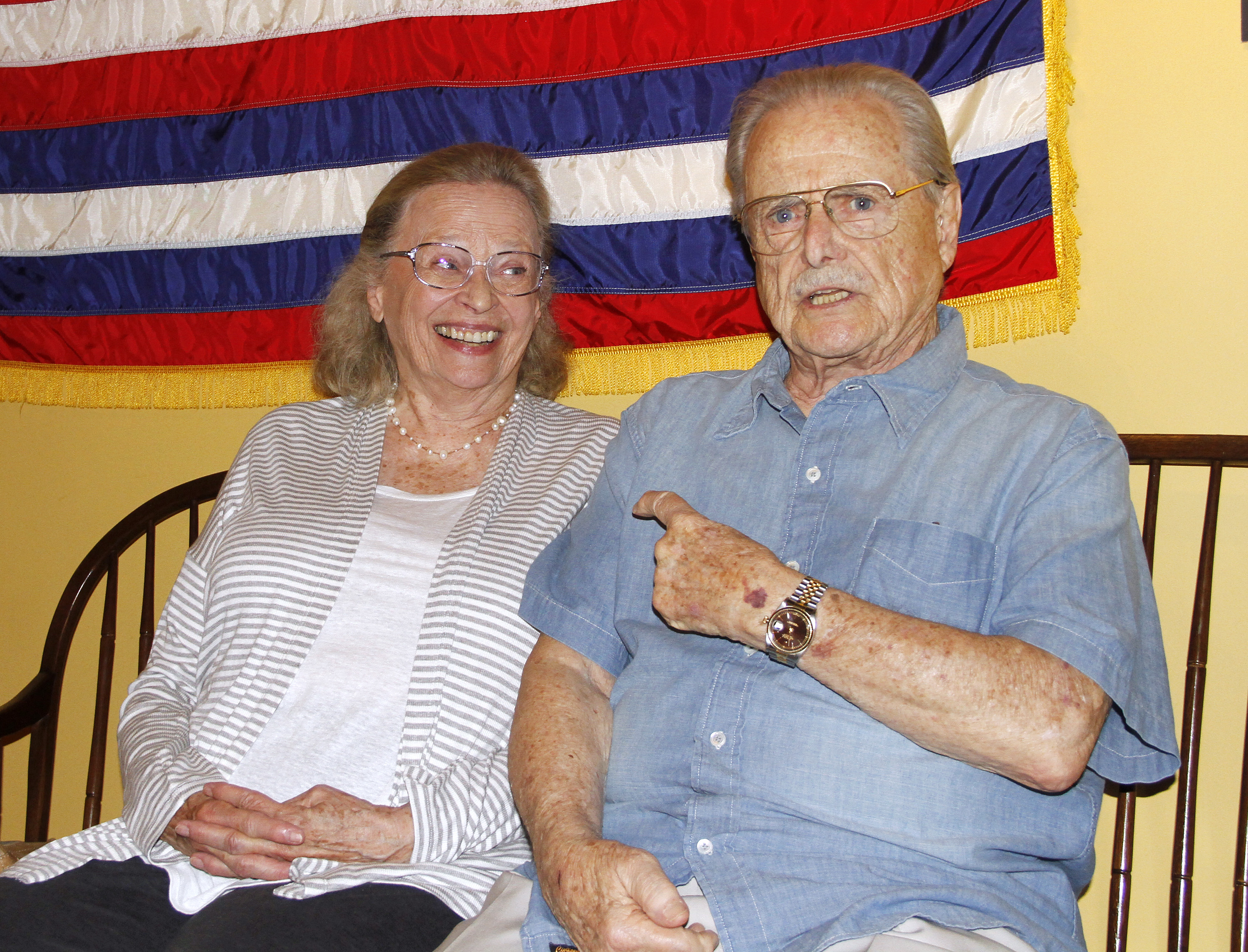
Bonnie Bartlett and William Daniels before greeting fans at Fraunces Tavern Museum on July 3, 2015, in New York. | Source: Getty Images
Sadly, their struggles went beyond infidelity, as they also suffered the devastating loss of one of their sons. That tragedy and the emotional toll of their personal lives created a storm that might have ended many other relationships. But it didn’t end theirs.
Instead, the couple, who went on to welcome two boys, moved to Hollywood — and that shift marked a turning point. “Hollywood was really the saving grace for our marriage,” Bartlett explained.
She added, “Because once we got to Hollywood and we were here and living like a normal family and having weekends at home with our kids and doing things, it was [a] totally different story. Nobody wanted anything more than that.”
However, looking back years later, the actress saw those difficult times as necessary. “So much happens and you live — the good things, you hurt each other. We’ve hurt each other but you recover and you grow and you change and you adapt,” she revealed.
“You have to be able to adapt to the other person. You have to think of them first. It doesn’t happen overnight. It took us years to get to a real companionship marriage,” the Hollywood star added.
Lasting Love
After decades of trials, triumphs, and transformation, Daniels and Bartlett have emerged with an unshaken bond.
Reflecting on a marriage of over seven decades, the actress admitted, “I never expected it to be a marvelous, wonderful thing. I had no anticipation of that at all, and it just happened.”
The Meaning of the Three-Dot Tattoo: A Comprehensive Guide to Russian Prison Tattoos
Are you curious about the fascinating world of Russian prison tattoos? One of the most intriguing symbols you may come across is the three-dot tattoo. In this article, we will explore the various meanings behind this unique tattoo design.
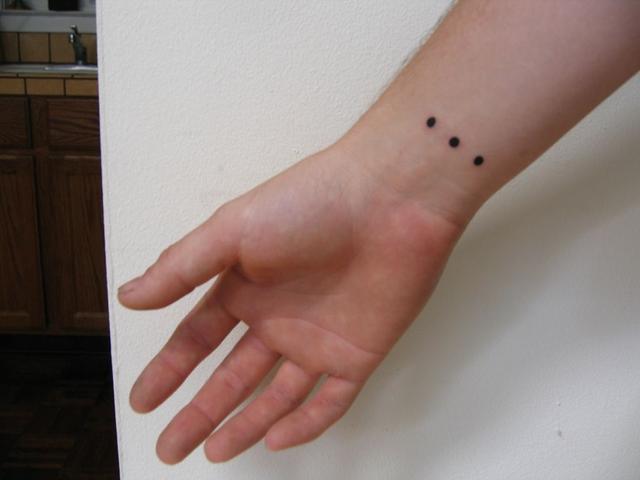
Symbolism and Interpretations
The three-dot tattoo holds different meanings, each with its own significance. One interpretation is its connection to the Buddhist monkeys, which symbolize secrecy and silence. This meaning suggests that individuals with this tattoo prefer to keep their personal lives private.
Another interpretation is related to the number of dots in the tattoo. It can represent the length of a person’s prison sentence. The more dots there are, the longer the individual has spent behind bars. This symbolism serves as a reminder of their past experiences and the challenges they have faced.
The Harsh Reality of Prison Tattoos
Tattoos in prison are not created under ideal conditions. They are often done using improvised tools and in unsanitary environments, making them difficult to remove. These tattoos serve as permanent reminders of a person’s time in prison and the struggles they have endured.
Stigmatization and Discrimination
While these tattoos hold symbolic meanings within the prison community, they can also lead to stigmatization and discrimination for former inmates in the outside world. Society may judge individuals based on their tattoos, making it harder for them to reintegrate into society and find employment.
It is important to understand the significance of these tattoos, but it is equally crucial to treat individuals with empathy and respect, regardless of their past experiences.
Join us on this journey as we delve deeper into the captivating world of Russian prison tattoos and uncover the meanings behind these intriguing symbols.
Stay tuned for more fascinating insights and stories!
Removing Prison Tattoos
Removing prison tattoos can be a difficult process. These tattoos are often done under harsh conditions, using improvised tools, and with poor hygiene. As a result, they are usually not aesthetically pleasing and can also pose health risks. However, professional tattoo artists can use laser technology to specifically target the ink particles and gradually remove the tattoo. It is important to note that this process often requires multiple sessions and can be painful.
Examples from Criminal History
There have been cases where tattoos have played a role in solving crimes. For example, a robbery at a gas station in Berlin was solved thanks to the distinctive neck tattoo of the perpetrator. Similarly, in the United States, a detailed chest tattoo led to the conviction of a gang member for murder. These various interpretations and examples demonstrate that prison tattoos not only have a long-standing tradition but can also be helpful to law enforcement agencies in solving crimes.
The Deeper Meaning of the Three-Dot Tattoo: A Trace of Crime and Freedom
The three-dot tattoo on the left hand is one of the most well-known prison tattoos and carries a deep symbolic meaning. The three dots represent the three wise monkeys from Buddhism, who see no evil, hear no evil, and speak no evil. This depiction symbolizes silence about criminal activities and turning a blind eye to crime within the prison community. It serves as a sign of loyalty among criminals and acts as a recognition mark in the outside world.
The Meaning of the Prison Tear
Another common interpretation of the three-dot tattoo is related to the so-called prison tear. After ten years of imprisonment, an inmate is allowed to have a tear tattooed to mark their time in prison. The longer someone has spent behind bars, the more tears can be added. This tattoo thus symbolizes the severity of the committed crime and the lengthy stay in prison.
Tattoos as Stigmatization for Former Inmates
Although prison tattoos are often done under difficult circumstances, they serve as recognition marks among inmates in the outside world. However, these tattoos also stigmatize former inmates and can lead to prejudice and discrimination. The visible tattoos make it difficult to integrate into society and lead a normal life after serving a prison sentence.
In conclusion, the three-dot tattoo holds various meanings and symbolizes secrecy, loyalty, and the length of a prison sentence. It is important to note that these interpretations can vary from region to region and from person to person. Nevertheless, the three-dot tattoo remains a well-known symbol associated with prison and is often linked to a criminal past.
The three-dot tattoo holds a deep meaning and has various interpretations, depending on the context and individual perspective. It is often associated with the prison system and criminal activities but can also symbolize personal identity and rebellion.
The Origin and Symbolism of the Three-Dot Tattoo
The three-dot tattoo, typically placed on the left hand, has its roots in Buddhist symbolism. It represents the three wise monkeys who see no evil, hear no evil, and speak no evil. In this context, the three dots symbolize a rejection of violence and wrongdoing.
Connection to Prison and Criminality
The three-dot tattoo is commonly linked to the prison system and is considered a mark for serious offenders. It is said that each dot represents ten years of imprisonment, with additional dots being added for longer sentences. For former inmates, this tattoo can serve as a symbol of their criminal past and may be perceived as a stigma.
Individual Interpretation and Identity Formation
Despite its association with criminality, the three-dot tattoo can also be individually interpreted. Some people choose this tattoo for aesthetic reasons or to express their rebellious nature. For them, it is a symbol of personal identity and self-expression.
The Dark Side of the Three-Dot Tattoo
However, it is important to note that there is also a darker side to the three-dot tattoo. Criminal organizations may use it as a marking for their members to signify their affiliation. In such cases, the tattoo can be seen as a warning or threat to others.
The Meaning in the Context of Society
The three-dot tattoo carries an ambivalent meaning in society. While it can be an interesting symbol of identity for some, others associate it with crime and violence. The interpretation and perception of this tattoo heavily depend on individual experiences and prejudices.
Dealing with the Three-Dot Tattoo
It is crucial to remember that not everyone who has a three-dot tattoo is necessarily a criminal or has a criminal past. Each person has their own story and reasons for choosing their tattoos. Therefore, it is advisable not to judge hastily and stigmatize people based on their appearance.
Conclusion
In conclusion, the three-dot tattoo is a symbol with a complex meaning that can be associated with both criminality and individual identity and rebellion. It is important to consider the various interpretations and contexts to avoid prejudices and stigmatizing people based on their outward appearance.
To summarize, the three-dot tattoo symbolizes strength, resilience, and overcoming obstacles. It serves as a personal statement of individual experiences and can hold different meanings depending on who wears it. It is a versatile tattoo with deep symbolic significance.
As we age, our interests and preferences change. It’s important to create content that resonates with older audiences, specifically those between the ages of 45 and 65. In this task, our core objective is to transform an article while keeping its essential meaning intact and enhancing its appeal to this demographic.
Understanding the Challenge
The article we’re working with is delivered in Markdown format, consisting of paragraphs, headings, quotes, and correlating images. Our goal is to create a friendly and easy-to-understand version that engages and connects with older readers. Let’s dive into the guidelines and get started!
Engaging Content for Older Audiences
Creating engaging content is crucial when targeting an older audience. To achieve this, we need to consider their preferences and interests. Let’s explore some effective strategies:
1. Simplify Language and Concepts
Using complex jargon or technical terms can be off-putting for older readers. It’s important to use simple, everyday language that is easy to understand. Keep sentences concise and avoid unnecessary complexity.
2. Utilize Visuals
Visuals play a crucial role in engaging older readers. Incorporate relevant images and videos to enhance comprehension and capture attention. Visuals can also evoke emotions and create a more enjoyable reading experience.
3. Focus on Relevant Topics
Consider the interests and concerns of older audiences when selecting topics. Addressing issues related to health, retirement, leisure activities, and personal growth can be particularly appealing. Tailor the content to provide valuable insights and practical advice.
4. Organize Information Effectively
Ensure the article is well-structured and easy to navigate. Use headings, subheadings, and bullet points to break down information into digestible chunks. This helps older readers follow the flow of the article and find the information they need quickly.
Conclusion
Transforming an article for an older audience involves keeping their interests and preferences in mind. By simplifying language, utilizing visuals, focusing on relevant topics, and organizing information effectively, we can create engaging and appealing content. Remember, friendly and easy-to-understand writing is key when connecting with older readers. Let’s create content that resonates with them and fosters a positive reading experience!
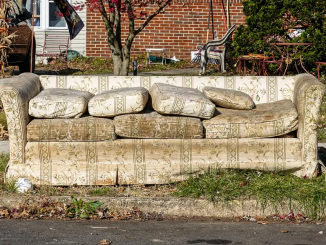

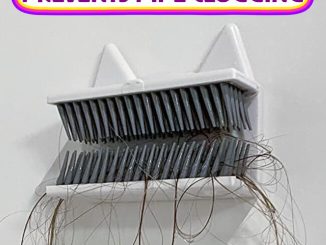
Leave a Reply